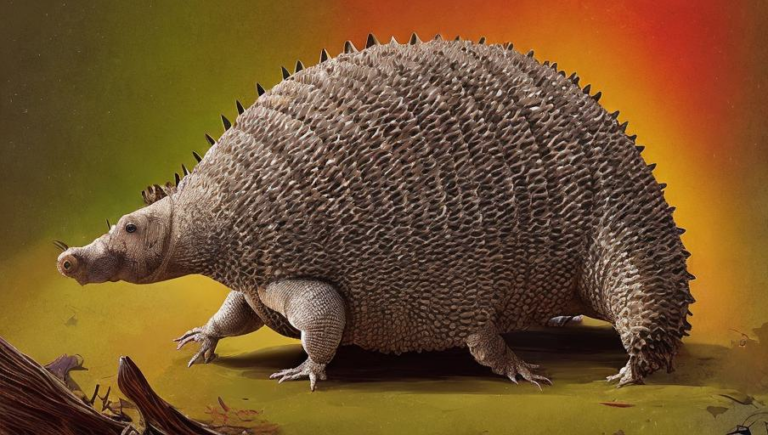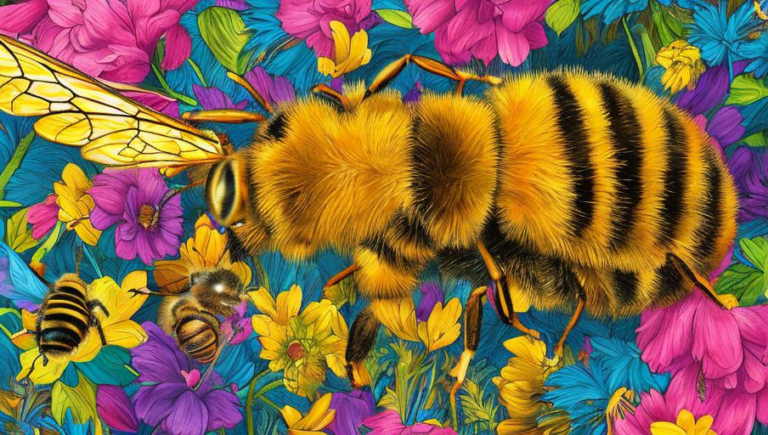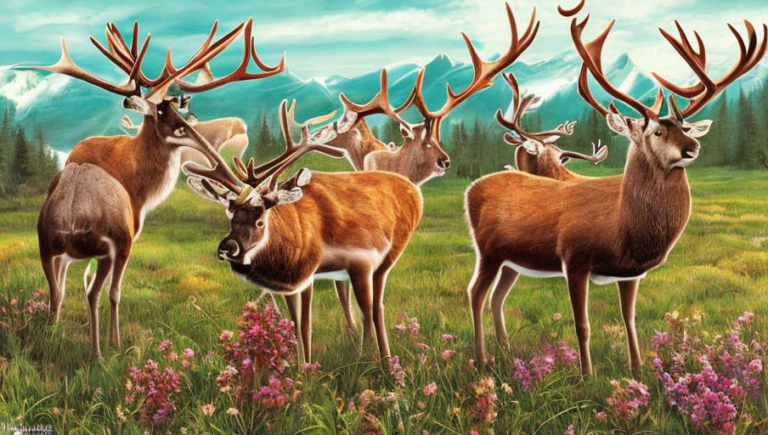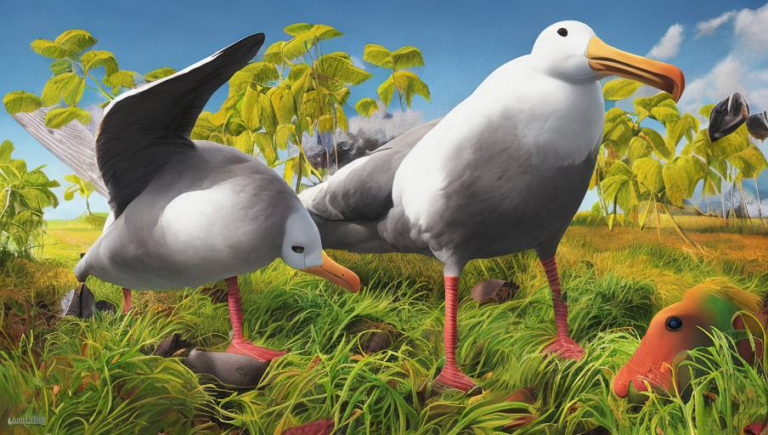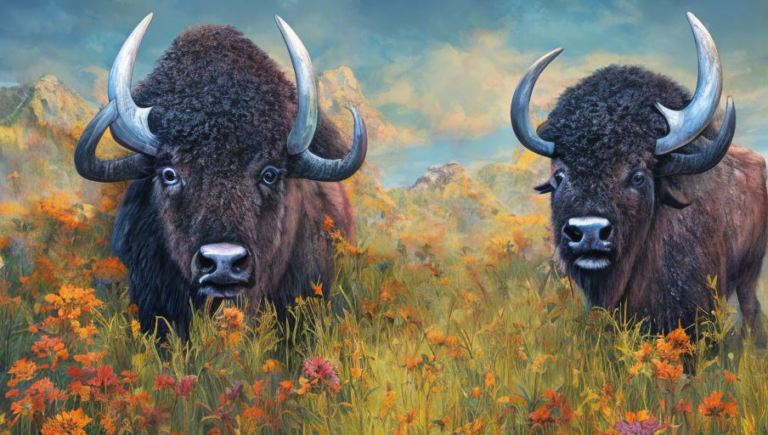Exploring the Migration of Caribou
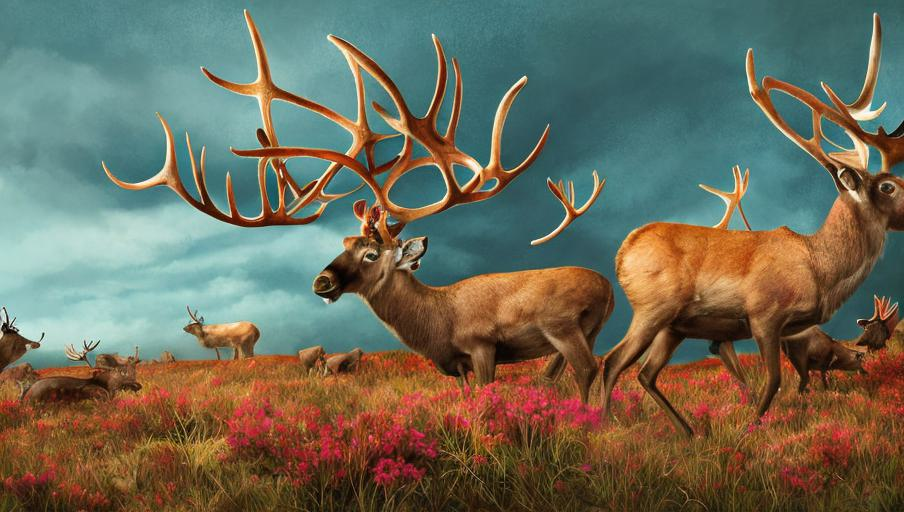
Exploring the Migration of Caribou
Caribou, or reindeer, are an iconic species of deer that are found in the northern latitudes of the world. They are one of the few species of mammals that undertake an annual long-distance migration. Their migrations can span thousands of miles, from the Arctic tundra to the boreal forests of the far north, and they carry out this massive journey every year.
The impressive migrations of caribou are the result of the changing seasons in their natural habitat. As the snow melts and the cold weather fades away in the spring, caribou must move to new areas in order to find food and shelter. In the summer, they move to more northerly areas, where they can find lush grasslands and meadows to graze in. In the autumn, they migrate back to their winter feeding grounds in the boreal forests, where they can find a plentiful supply of lichens and other vegetation to sustain them during the cold winter months.
Caribou have developed special adaptations that help them survive their long-distance migrations. They have large hooves that act like snowshoes, helping them to traverse the icy terrain of their northern habitat. They also have a thick layer of fur that helps to insulate them from the cold temperatures. Their bodies are also well-equipped to deal with long periods of extreme energy expenditure, allowing them to travel for long distances without becoming overly fatigued.
The Impact of Climate Change on Caribou Migration
Climate change is having a significant impact on the caribou’s migration patterns. Warmer temperatures are causing the snow to melt earlier in the year, meaning that caribou must migrate at a faster pace in order to find food and shelter. Additionally, the earlier snowmelt is also leading to more vegetation growth in the northern forests, which can lead to increased competition for food and habitat among caribou and other species. This competition can lead to further stress on the caribou’s already long and difficult journey.
Climate change is also having an impact on the caribou’s winter habitat. The boreal forests are becoming drier, leading to fewer lichens and other food sources for the caribou. This can lead to a decrease in the caribou population, as there is less food for them to survive on during the winter months. The lack of food can also lead to increased competition for what food is available, further stressing the caribou.
Conservation Efforts to Protect Caribou Migrations
In order to protect the caribou’s migrations, conservation efforts are underway in many areas of the world. In Canada, the government has established the Caribou Recovery Program, which aims to protect and restore caribou habitat and populations. Additionally, many Indigenous communities are working to conserve caribou by traditional methods, such as monitoring their habitats, engaging in traditional harvesting practices, and creating protected areas for the caribou. Finally, many environmental organizations are working to raise awareness about the importance of protecting caribou and their migrations.
Caribou are an iconic species that undertake an impressive long-distance migration every year. However, climate change is having a significant impact on their migrations, leading to a decrease in their populations in some regions. Conservation efforts are being undertaken to protect and restore caribou and their habitats, so that future generations can continue to enjoy the beauty and majesty of their migrations.
